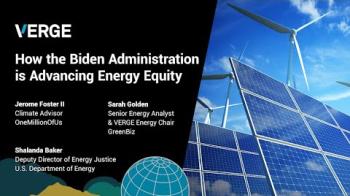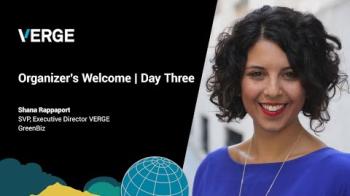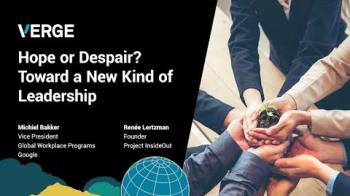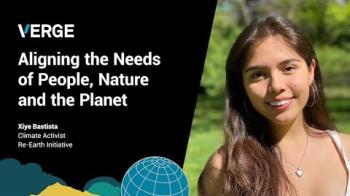The idea of traveling between cities at a speed of 1,200 miles per hour in a capsule swooshing through a vacuum tube seemed too futuristic to take seriously just a few years ago, but the Hyperloop is beginning to turn from concept to reality with plans to begin contruction on a prototype next spring.
Hyperloop Transportation Technologies is just one of a number of companies working on the Hyperloop idea posed by Elon Musk, but it is set to start building a concept Hyperloop next spring on a five-mile stretch in the California desert.
Watch this video of Dirk Ahlborn, CEO of Hyperloop Transportation Technologies, telling an audience at VERGE 2015 how his company used crowdsourcing of ideas to get to the point it is today.
It invited engineers and physicists from anywhere in the world to join its "community" that would come up with the scientific specifications that could translate the concept into a real thing.
Hyperloop Transportation's team now includes 480 people working on the project in exchange for stock options. It gets input from thousands of others through crowdsourcing. "We crowdstorm, we ask our community for ideas, opinions, connections. This is really our advantage," Ahlborn said.
AECOM, the largest transportation engineering company in the world, is involved.
Andrew Liu, vice president of new ventures at AECOM, told VERGE that the Hyperloop "is essentially something that could be transformative and essentially be the sixth mode of transportation. We want to be in there at the ground level."
The stretch of a Hyperloop to be built in California will be powered by sun, wind and kinetic energy, Ahlborn said, adding that its energy source will make it cost-effective.
However, he predicts that the first commercially operating Hyperloop will not be in the United States but rather in India, Asia or Africa where long distance transportation systems remain scarce.








